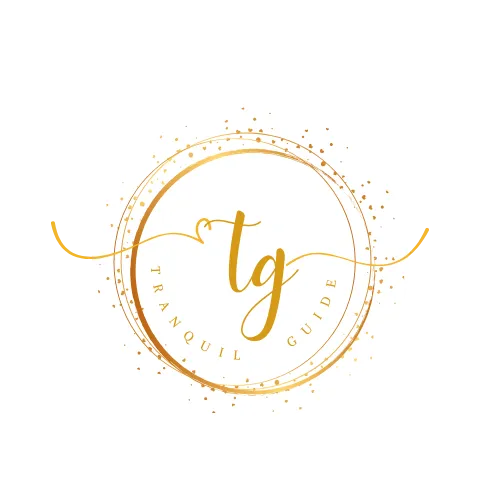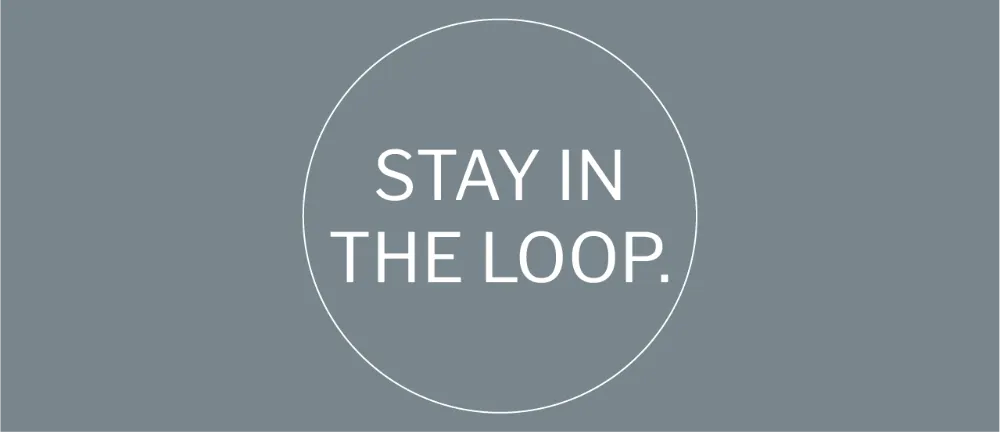Spiritual Coaching & Energy Healing for Real-Life Transformation
5⭐ International Spiritual Coach
You Were Never Broken. You’ve Just Been Living In Disconnection.

Intuition: Your Inner Compass or Clarity, Alignment & Trust
Intuition: Your Introduction
There’s a voice inside you. Quiet, steady, often overlooked.
It doesn’t shout like fear or bargain like doubt.
It whispers. It nudges. It stirs in your belly like butterflies or tightens in your chest when something isn’t right.
This is your intuition. The compass that has always lived within you.
And though the world may have taught you to silence it, your intuition never left. It waits patiently for you to remember.
What Is Intuition?
At its core, intuition is your inner guidance system. A bridge between body, mind, and spirit. It’s the subconscious processing of endless data: your senses, memories, emotions, patterns, even subtle energetic cues.
It shows up in many forms:
✨ A gut feeling pulling you toward (or away from) something.
✨ A quiet knowing that has no “proof” yet proves itself over time.
✨ Body signals: warmth, chills, openness, or constriction.
✨ A whisper of clarity in the middle of chaos.
Unlike fear, which feels frantic and constricting, intuition is calm, grounded, and consistent. It doesn’t chase or panic. It simply knows.
Why We Lose Touch With Intuition
If intuition is innate, why do so many of us struggle to trust it?
Throughout history, intuition has been mistrusted, silenced, even punished.
The Witch Wound: For centuries, intuitive women; healers, midwives, wise ones; were labelled dangerous, persecuted, and even executed. The message: trusting your inner knowing was unsafe.
Institutionalisation: Those who heard voices of wisdom, felt energy, or saw beyond the ordinary were often dismissed as “mad” and locked away. Intuition was pathologised.
Cultural Conditioning: From childhood, many of us were told to listen to authority, logic, or rules above our own instincts. “Don’t be silly.” “Don’t make a fuss.” “Be realistic.” Slowly, we learned to override our inner compass.
As children, we were deeply intuitive. We played, imagined, and trusted our instincts with ease. We knew when someone felt safe, when to follow curiosity, and when something was “off.”
But society frowns upon that natural knowing. Bit by bit, the inner compass is muted:
The gut telling you to step back becomes dismissed as “overreacting.”
The butterflies of excitement get mistaken for anxiety.
The instinct to say no becomes guilt or obligation.
By adulthood, many of us can no longer distinguish between fear and intuition, between the inner “steer clear” and the “lean in, this is magic” pull.
The Science of Intuition
Intuition isn’t just mystical, it’s measurable.
The Brain:
Your subconscious processes information 200,000 times faster than your conscious mind. What feels like a hunch is often your brain recognising patterns before you can explain them.
The Gut-Brain Connection:
The vagus nerve links your gut and brain, sending “gut feelings” as real biological signals of alignment or danger.
The Heart:
Research from the HeartMath Institute shows the heart responds milliseconds before the brain, influencing decisions, perceptions, and intuitive knowing.
Intuition is body intelligence in action. When you reconnect to it, you access your deepest wisdom.

Human Design: A Modern Compass Back to Intuition
We are not all wired to access intuition in the same way. Some of us feel it in the gut, others in the spleen, heart, or emotional wave. Human Design offers a unique map of your decision-making authority, your personal compass for alignment.
For me and my clients, Human Design has been transformational in clearing the noise and helping reconnect with the specific way you are meant to listen to your inner guidance.
✨ Imagine knowing whether to trust the “yes/no” in your body instantly, or whether you’re designed to wait for emotional clarity before deciding. That’s the power of having your chart.
👉 If you’d like to explore your own compass for intuition and decision-making, you can purchase your unique Human Design chart through me. It’s a powerful tool to help you reconnect to the way you are naturally designed to trust yourself.
How to Reconnect With Your Intuition
Like a muscle, intuition grows stronger the more you use it.
Try:
Silence the Noise:
Create space daily for stillness via meditation, breathwork, time in nature. Intuition needs quiet to be heard.
Listen to Your Body:
Notice when your body expands (yes) or contracts (no).
Journal the Nudges:
Keep an “intuition journal” and track what happens when you follow (or ignore) it.
Practice Small:
Start with daily choices (meals, routes, conversations) to build trust in your nudges.
Release the Fear of Wrong:
Intuition doesn’t always promise comfort, it promises alignment.
The Gifts of Living Intuitively
When you strengthen your intuition, life begins to shift:
Decisions become clearer, with less overthinking.
You stop chasing and start attracting.
Resilience deepens, even in uncertainty.
Peace arises from living in flow, not resistance.
Confidence grows, rooted not in performance but in self-trust.
Conclusion
You don’t need to see the whole map, only the next step illuminated by your inner compass.
💫 Journal Prompt:
When have I ignored my intuition, and what happened?
When have I trusted it, and what unfolded?
And if you’d like guidance, I share breathwork, grounding practices, and intuitive rituals in my Instagram Tools highlight. You can also sign up for my weekly letters — soulful reminders to help you reconnect with your inner knowing.
Because your intuition has always known the way. The question is: are you ready to listen?



